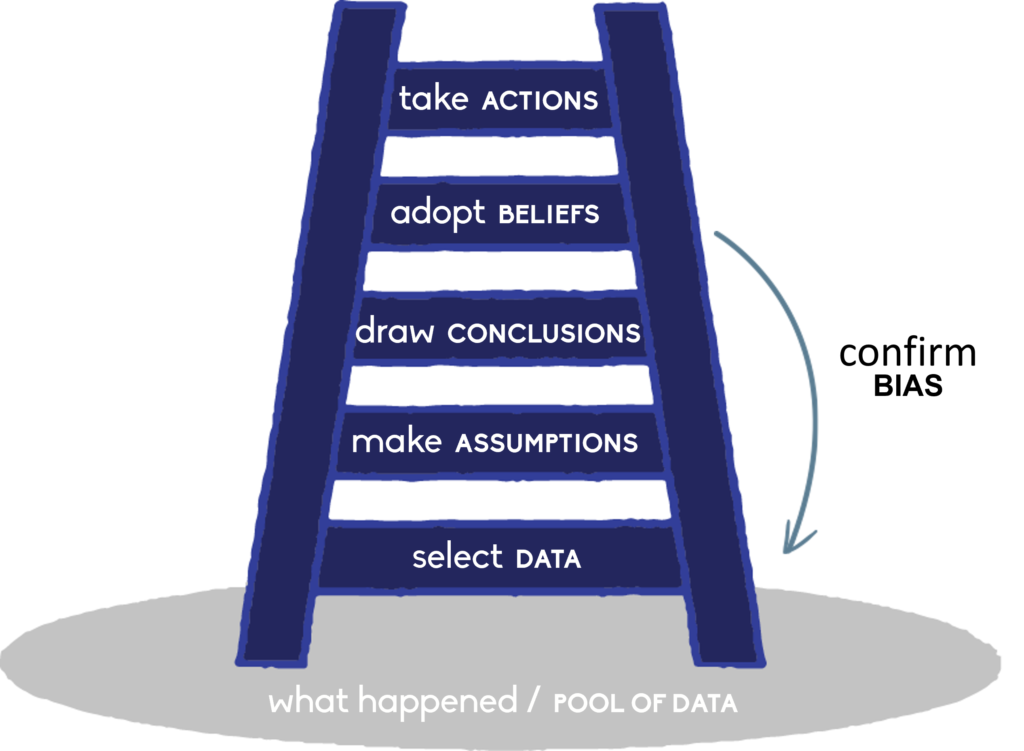Through the Looking Glass: The Power of Perception Management: Part 1
The Power of Perception Management: Part 1
We all have a certain view of ourselves, but it’s crucial to understand how others see us and that this potentially differs. The truth is that we all want our actions and identities to hold some form of intrinsic value – to matter. However, more often than not, perception ends up defining a considerable part of our journey, especially in the workplace. Decisions about our performance, bonuses and promotional opportunities are based on perceptions. But fear not; mastering perception management is not an insurmountable task.
THE REALITY OF PERCEPTION
Perception is not merely a passive reflection of reality; it is an all-powerful force capable of driving actions, influencing decisions, and, yes, even career-shaping. These perceptions are formed based on limited data by leaders, colleagues, and everybody around you. They are often filtered through their own set of biases or their own past set of experiences. Once a perception exists, it is hard to shift because people only see what they choose to see or already expect to see.
Suppose your manager, for example, perceives you only as a hard-working individual rather than someone with potential for leadership. In that case, that perception will undoubtedly block your way to progress in your career. Even if you display leadership in action repeatedly, they will not “notice” it as they are not expecting to see it. It is a harsh truth to digest, but the very first step towards perception management is coming to terms with it.
The Ladder of Inference: A Cognitive Model for Understanding Perception
The Ladder of Inference is a model Harvard professor Chris Argyris developed to understand how perceptions are built. He describes how we gather data and make assumptions whenever we meet someone or enter a situation or meeting. We would all like to believe that we select 100% of the available data, but we only truly select the data that we believe is necessary for our survival or the data that will take care of that which matters to us. We filter this already limited data set through our past experiences and biases, making assumptions and drawing conclusions. When it comes to people, we adopt a certain belief about who we think they are; we develop a perception of their nature, abilities, potential, etc. Argyris proved that, once we have entrenched that ‘belief’, we only reselect the data that supports what we already believe every time we re-engage with that person. In other words, we only see what we expect to see. This works wonders when the leader believes you are a good or an excellently performing employee because then you can do seven things well and make three mistakes, and the leader will focus on the tasks done well.
But, if the perception is that you are under-performing or struggling, you can miss 1 comma in 20,000 pages, and it is that 1 comma that will be noticed and focused on as the supporting evidence of your non-performance.

Understanding perception management means realising that what shapes our thoughts, feelings, and actions is not reality itself but our perception of it. This approach’s key principle is that our perceptions are not absolute truths but contingent upon the beliefs and assumptions underpinning them. In other words, they are more fluid than fixed, and while it may be a challenging task, we can influence how others in the workplace perceive us.
Perception Management vs Authenticity
Sometimes, it can be challenging for people to reconcile the notion of perception management when they are low on self-promotion or hold humility as a key value. It’s important to clarify that perception management does not endorse adopting negative behaviours and is not emotional manipulation. It’s about shaping perception around your brand – who you are and what you stand for – consciously and intentionally, aligning with your values.
Now that you understand Perception Management, check out Part two for practical tips on how to manage perception.


